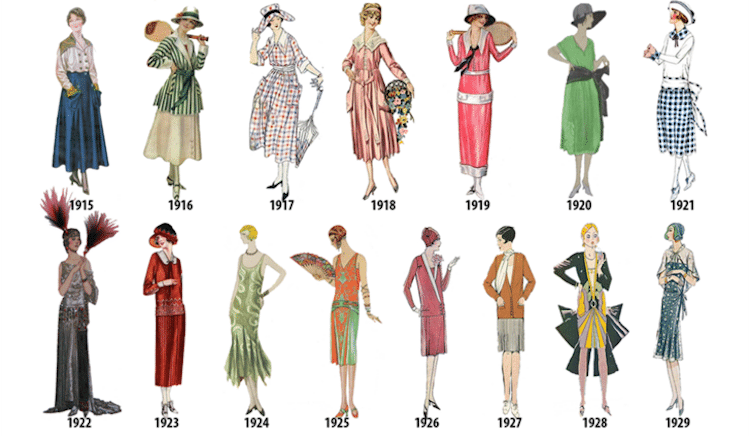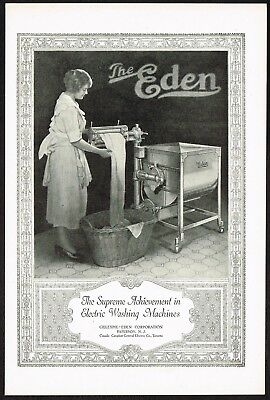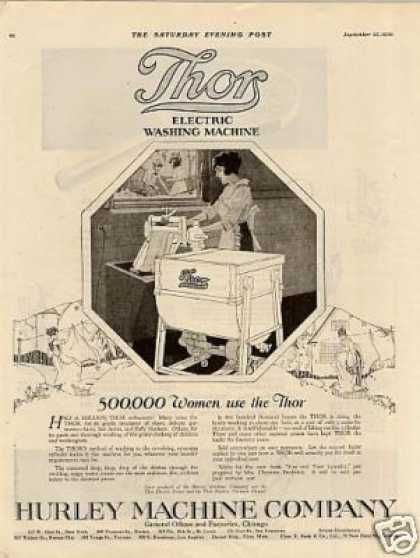Ramblings on 1920s Evening Dresses
- Ashley Webb

- Mar 20, 2020
- 3 min read
Earlier this month, I had the exciting opportunity to create 6 mannequins for a 1920s exhibit at the Salem Museum and Historical Society, in Salem, Virginia. These dresses are part of the museum's permanent collection, and were all fantastically beautiful creations of velvet, beads, and gold lame lace.
When making mannequins, I follow Laura Flecker's wonderfully helpful book A Practical Guide to Costume Mounting, with a few additional modifications of my own. Below are images of two mannequins (left) made using padding sewn to a square hourglass shaped ethafoam base, while the mannequin in the middle and at the right was carved from ethafoam completely. Ethafoam is a chemically inert closed-cell polyethylene plastic that won't harm historic objects over time.
Because I was on a strict deadline, I didn't take enough photographs, and won't give an in depth tutorial on mannequin making in this post, but I will talk about several questions I have regarding 1920s fashion. It may be more of a rambling post than anything, but hopefully, as I delve more into fashion history, I'll be able to answer some of these questions, bringing you all along for the journey!
A few years ago, I met a professor of Fashion Merchandising and Design from the University of Kentucky. She did her Ph.D. dissertation in the 1990s on oral histories of women in the 1920s in a rural Missouri town, and the fashion choices they made. One thing I remember her mentioning after a presentation was that all the women she interviewed (who would have been teenagers in the 1920s) stated that their mothers would never have let them wear what flappers wore, i.e. shapeless, but still slinky, beaded dresses with plunging neck and backlines that pushed the boundaries of propriety. Modesty was key, as were the continued values of stockings, dresses to (at least) the calves, and the feminine beauty so carefully avoided in the popular boyish silhouettes of the time. The timelines portrayed below were compiled by an unknown source from fashion plates all the way from the late 1700s up to the 1970s.
My grandmother had the same sentiments as these women. Although she was born in 1926, and would have been extremely young as fashions were rapidly changing, she did make the comment that in the 1920s, you still 'covered up,' and never wore dresses with deep V-necks or any other number of scandalous design that is so commonly seen on 1920s evening dresses that have survived a century in closets and museum collections. I showed her the photographs of the dresses in the exhibit, and she didn't believe they were from the 1920s. Growing up on a farm in the rural south, I expect not many women dressed like this for her to see!
This brings me to my first question:
1. Was it only the upper echelons of society and those rebellion seeking women in cities that wore elaborately beaded evening dresses throughout the 1920s? There are hardly any photographs of everyday women wearing flapper dresses - you can find loads of women in day dresses, but the evening dresses are much, much harder to find. Which leads into the second question.
2. Who made these dresses? Not everyone could afford a Chanel, Soeurs, Lanvin, or a Worth dress, and all of the 1920s dresses I've physically researched didn't have any sort of marker of seamstress, upscale fashion house, or even the label of the department store. I do know that the beads and sequins were most likely already strung, and then sewn in place in a design on the dress, but that doesn't answer the question of who took the time to sew the designs?
3. How did these suckers get washed? You wouldn't be able to pull these dresses through a wringer on the washing machines advertised by Thor and Eden in the 1920s...
Lastly, ask your relatives about their lives and what they did growing up. You never know what you might learn from them before it's too late.





































Comments